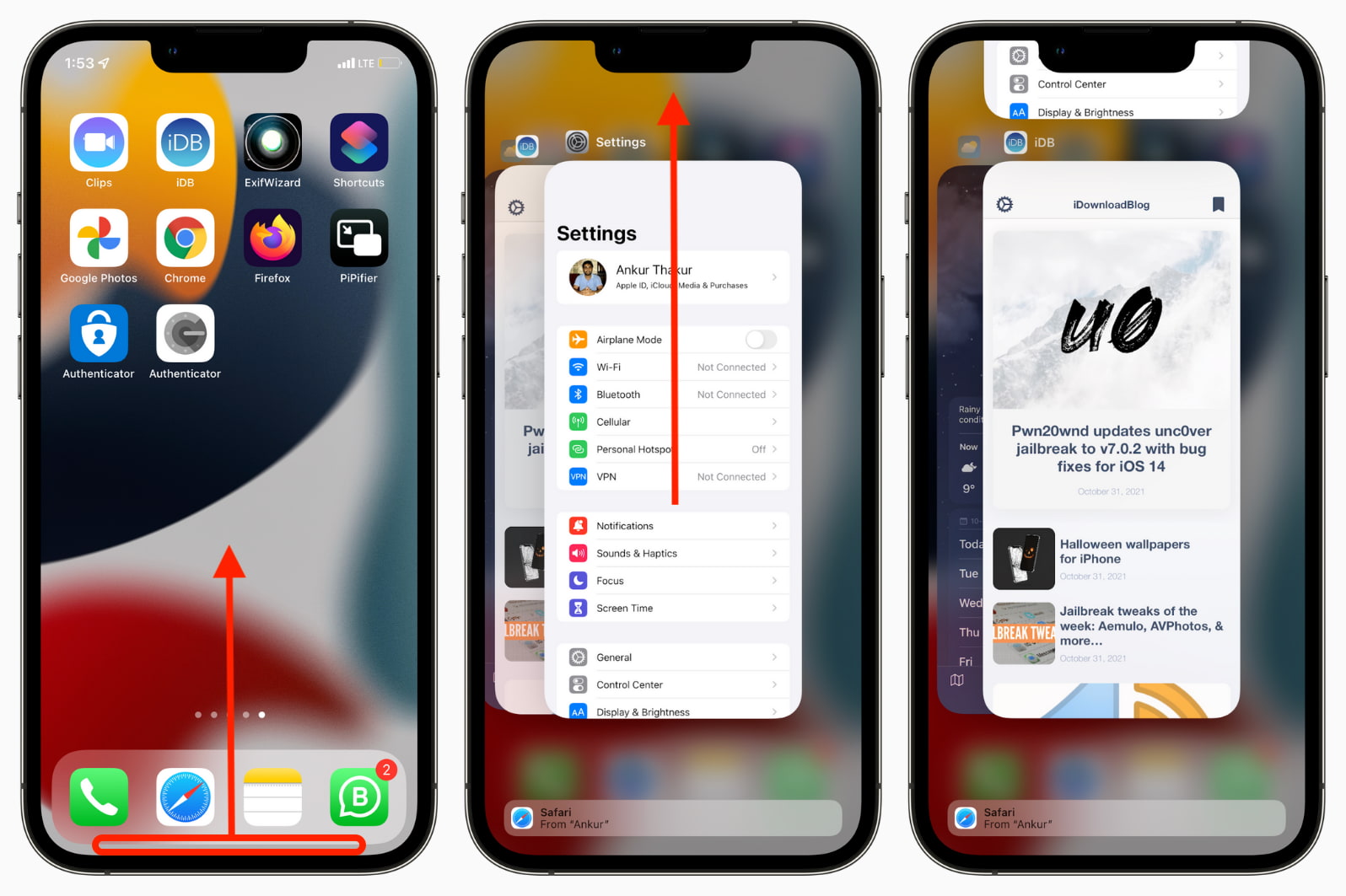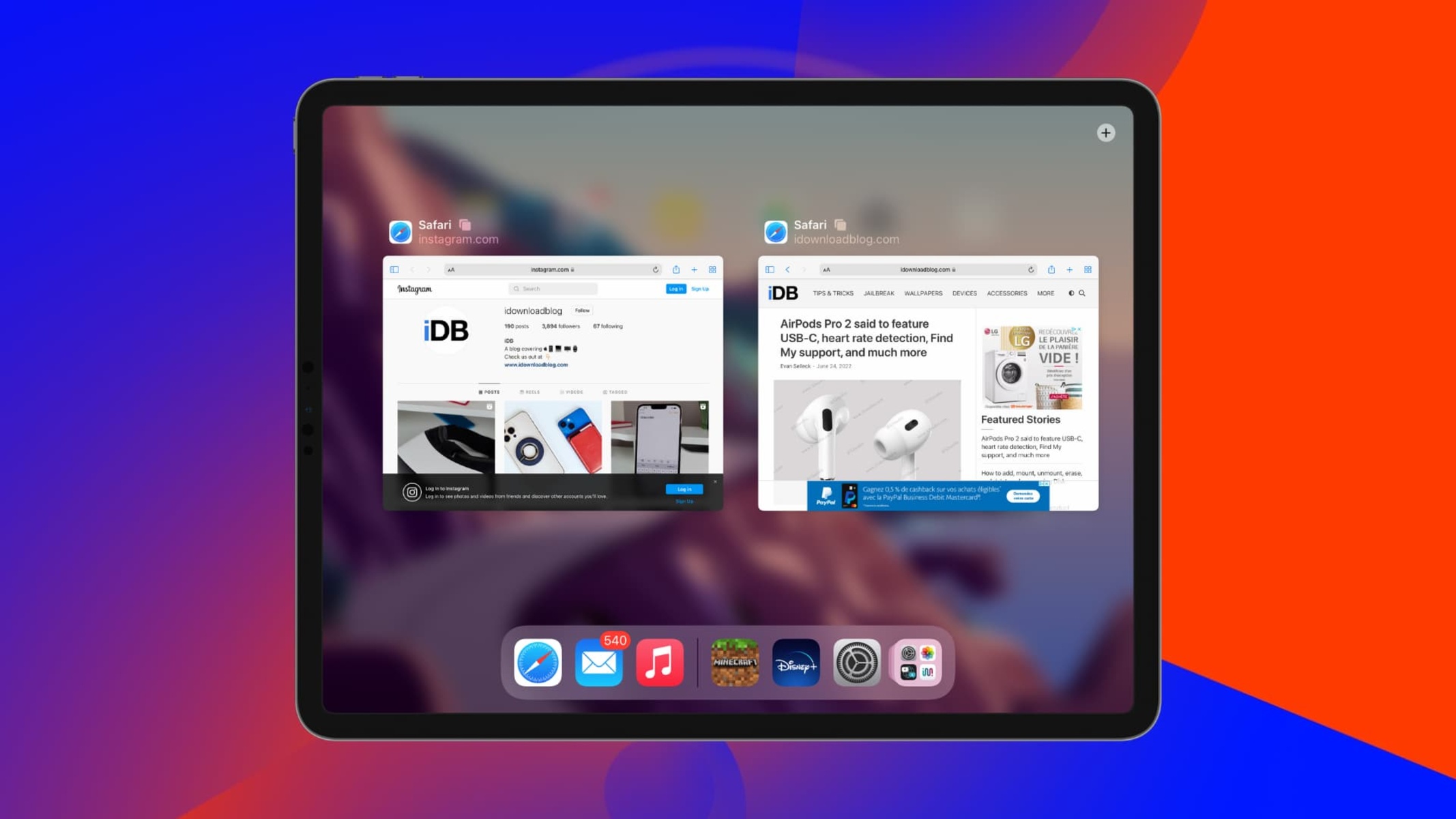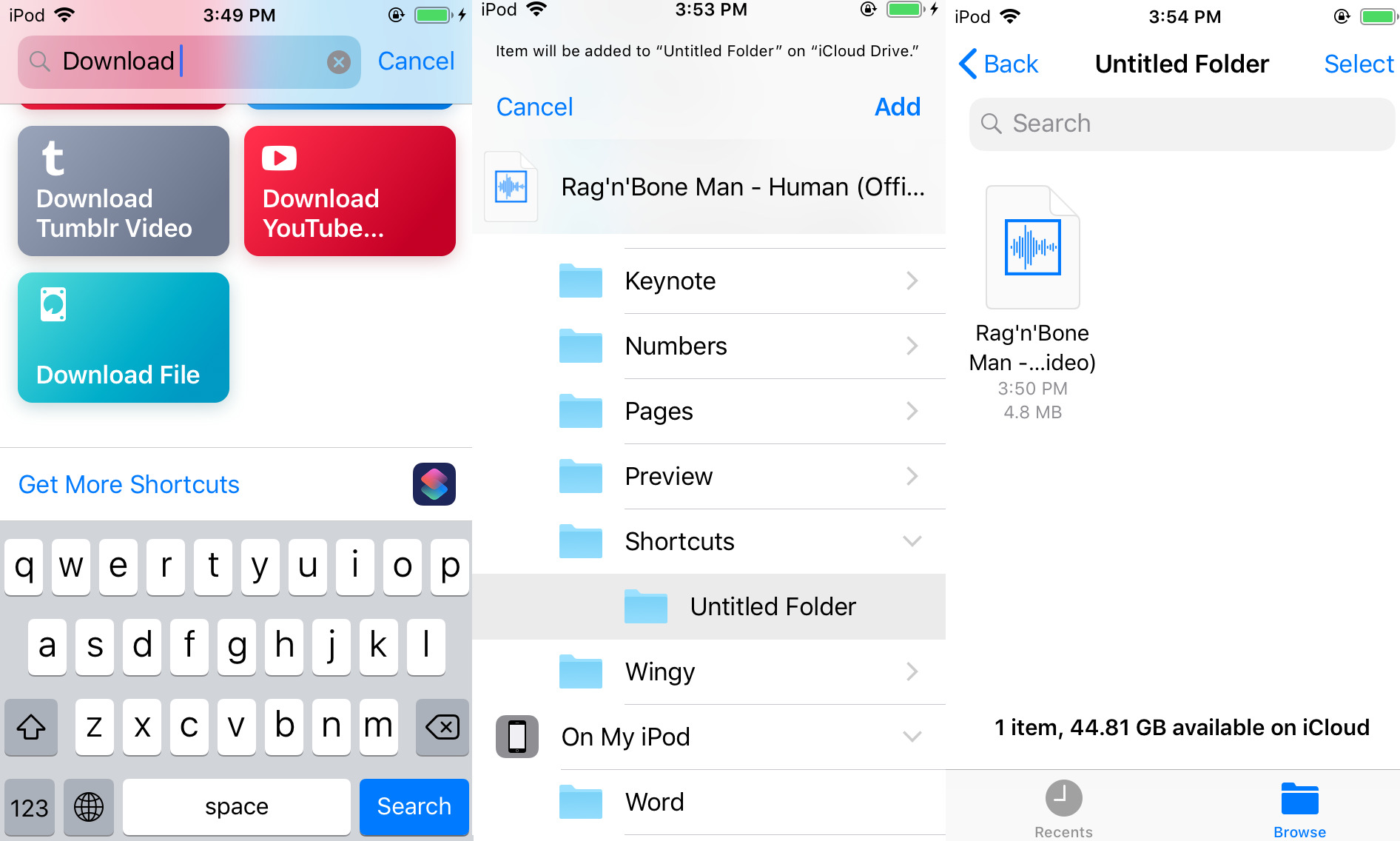Introduction
Safari is a versatile and user-friendly web browser that comes pre-installed on Apple devices, including the iPhone. It offers a seamless browsing experience, allowing users to access websites, search for information, and enjoy a wide range of online content. However, there are instances when Safari may become unresponsive or encounter issues that necessitate a force quit. Whether it's due to a frozen screen, unresponsive tabs, or other technical glitches, knowing how to force quit Safari on your iPhone can be a valuable skill.
In this article, we'll explore various methods to force quit Safari on your iPhone. By understanding these techniques, you can effectively troubleshoot and resolve issues related to the browser's performance. Whether you're a seasoned iPhone user or a newcomer to the iOS ecosystem, having the knowledge to force quit Safari can help you navigate through unexpected technical hiccups with ease.
Now, let's delve into the step-by-step methods that will empower you to regain control of Safari and ensure a smooth browsing experience on your iPhone. Whether you prefer using the App Switcher, navigating through Settings, or resorting to a force restart, we've got you covered with comprehensive instructions to help you tackle any Safari-related challenges that may come your way. So, let's roll up our sleeves and explore these effective solutions to force quit Safari on your iPhone!
Method 1: Using the App Switcher
When Safari becomes unresponsive on your iPhone, using the App Switcher is a convenient and effective method to force quit the browser. The App Switcher allows you to view all open apps and swiftly navigate between them, making it a handy tool for managing app-related issues.
To force quit Safari using the App Switcher, follow these simple steps:
-
Access the App Switcher: On older iPhone models with a Home button, double-press the Home button to open the App Switcher. For newer models without a Home button, swipe up from the bottom of the screen and pause in the middle of the screen to access the App Switcher.
-
Locate Safari: Swipe left or right to find the Safari app within the App Switcher. Once you've located Safari, it's time to force quit the app.
-
Force Quit Safari: On older iPhone models, simply swipe up on the Safari app preview to force quit it. For newer models, press and hold the Safari app preview until a red minus (-) icon appears in the corner of the preview. Tap the red minus icon to force quit Safari.
By following these steps, you can effectively force quit Safari using the App Switcher, allowing you to swiftly resolve any unresponsiveness or glitches within the browser. Once Safari has been force quit, you can relaunch the app and resume your browsing activities with a refreshed and responsive interface.
Utilizing the App Switcher to force quit Safari offers a quick and straightforward solution, empowering you to take control of the browser's performance and swiftly address any technical issues that may arise. This method is particularly useful when Safari becomes unresponsive or fails to function as expected, providing a seamless way to troubleshoot and restore the browser's functionality on your iPhone.
Method 2: Using Settings
When Safari encounters persistent issues or becomes unresponsive on your iPhone, utilizing the Settings app to force quit the browser can offer an effective solution. This method provides a systematic approach to managing app-related issues, allowing you to navigate through the device's settings and take control of Safari's performance.
To force quit Safari using the Settings app, follow these step-by-step instructions:
-
Access the Settings App: Begin by locating and tapping the "Settings" app on your iPhone's home screen. The Settings app serves as a centralized hub for managing various aspects of your device, including app settings and system configurations.
-
Navigate to Safari Settings: Within the Settings app, scroll down and tap on "Safari" to access the browser's specific settings and preferences. This will allow you to delve into Safari's configurations and take necessary actions to resolve any persistent issues.
-
Force Quit Safari: Once you've accessed Safari's settings, scroll down to the bottom of the screen to find the "Advanced" option. Tap on "Advanced" to reveal additional settings related to Safari's functionality.
-
Tap on Website Data: Within the Advanced settings, locate and tap on "Website Data." This will lead you to a screen displaying the stored website data and settings associated with Safari.
-
Clear Website Data: To force quit Safari using the Settings app, tap on "Remove All Website Data." This action will clear the stored website data, effectively terminating any ongoing browsing sessions and refreshing Safari's state.
By following these steps, you can effectively force quit Safari using the Settings app, providing a systematic and controlled approach to resolving any persistent issues or unresponsiveness within the browser. This method allows you to take proactive measures to manage Safari's data and configurations, ensuring a streamlined browsing experience on your iPhone.
Utilizing the Settings app to force quit Safari offers a comprehensive and methodical approach to troubleshooting app-related issues, empowering you to navigate through Safari's settings and take necessary actions to restore the browser's functionality. Whether you encounter persistent glitches or unresponsive behavior within Safari, leveraging the Settings app provides a structured method to address these challenges and ensure a seamless browsing experience on your iPhone.
Method 3: Using Force Restart
When Safari on your iPhone becomes completely unresponsive or fails to force quit using the App Switcher or Settings, resorting to a force restart can serve as a powerful solution. A force restart, also known as a hard reset, involves forcibly restarting the iPhone, effectively terminating all active processes and refreshing the device's state. This method can be particularly useful when encountering severe technical issues that hinder the normal functioning of Safari.
To perform a force restart on your iPhone and force quit Safari, follow these step-by-step instructions:
-
Initiate the Force Restart: Depending on your iPhone model, the process for initiating a force restart may vary. For iPhone 8 and later models, including iPhone X, XR, XS, 11, and 12 series, begin by quickly pressing and releasing the Volume Up button. Follow this by quickly pressing and releasing the Volume Down button. Finally, press and hold the Side button (also known as the Power button) until the Apple logo appears on the screen. For iPhone 7 and 7 Plus, simultaneously press and hold the Volume Down button and the Sleep/Wake (Power) button until the Apple logo appears. If you have an older iPhone model with a Home button, such as iPhone 6s and earlier, simultaneously press and hold the Home button and the Sleep/Wake (Power) button until the Apple logo appears.
-
Wait for the Restart: After initiating the force restart, continue holding the necessary buttons until the Apple logo appears on the screen. This indicates that the iPhone is restarting and refreshing its state.
-
Release the Buttons: Once the Apple logo appears, release the held buttons and allow the iPhone to complete the restart process. The device will undergo a full reboot, terminating all active processes and refreshing its system.
By performing a force restart on your iPhone, you can effectively force quit Safari and address severe technical issues that may have caused the browser to become unresponsive. This method serves as a powerful troubleshooting tool, allowing you to regain control of Safari's performance and ensure a smooth browsing experience on your iPhone.
Utilizing the force restart method provides a robust and comprehensive approach to addressing severe technical issues, empowering you to take decisive action when Safari encounters persistent unresponsiveness or glitches. By performing a force restart, you can effectively force quit Safari and restore the browser's functionality, ensuring that you can resume your browsing activities with a refreshed and responsive interface on your iPhone.
Conclusion
In conclusion, knowing how to force quit Safari on your iPhone is a valuable skill that empowers you to effectively troubleshoot and resolve issues related to the browser's performance. Whether you encounter unresponsiveness, persistent glitches, or technical hiccups within Safari, the methods outlined in this article provide comprehensive solutions to address these challenges and ensure a seamless browsing experience on your iPhone.
By utilizing the App Switcher, you can swiftly force quit Safari and regain control of the browser's functionality. This method offers a quick and straightforward approach, allowing you to manage app-related issues with ease. Navigating through the App Switcher empowers you to take decisive action when Safari becomes unresponsive, ensuring that you can resume your browsing activities with a refreshed and responsive interface.
Furthermore, leveraging the Settings app to force quit Safari provides a methodical and controlled approach to troubleshooting persistent issues. By delving into Safari's settings and managing its data and configurations, you can proactively address unresponsiveness and glitches within the browser. This method empowers you to take necessary actions to restore Safari's functionality, ensuring a streamlined browsing experience on your iPhone.
In cases where Safari encounters severe technical issues, resorting to a force restart serves as a powerful solution to force quit the browser. By performing a force restart on your iPhone, you can effectively terminate all active processes and refresh the device's state, addressing unresponsiveness and severe glitches within Safari. This method provides a robust troubleshooting tool, allowing you to regain control of Safari's performance and ensure a smooth browsing experience on your iPhone.
In essence, the ability to force quit Safari on your iPhone equips you with the necessary tools to navigate through unexpected technical challenges and maintain a seamless browsing experience. Whether you prefer using the App Switcher, navigating through Settings, or resorting to a force restart, having a comprehensive understanding of these methods empowers you to take decisive action and effectively manage Safari's performance.
By incorporating these techniques into your troubleshooting repertoire, you can navigate through unforeseen technical hiccups with confidence, ensuring that Safari continues to serve as a reliable and responsive web browser on your iPhone. With these methods at your disposal, you can tackle any Safari-related issues that may arise, allowing you to enjoy a smooth and uninterrupted browsing experience on your iOS device.

























